Optimal Seasons for Tennis Court Resurfacing
Tennis court resurfacings are most effectively scheduled during specific seasons to ensure optimal drying, curing, and minimal disruption. The ideal time generally falls in late spring through early fall, depending on local climate conditions. Warmer, drier months facilitate faster curing and better adhesion of new surfaces, reducing the risk of delays caused by rain or cold temperatures.
Scheduling in spring allows courts to be ready for the peak playing season, with favorable weather conditions for installation and curing.
Summer offers consistent warm temperatures, but high humidity and rain can cause delays. Proper planning ensures quality results.
Early fall can be suitable if the climate remains dry, providing ample time for curing before winter.
Cold and wet conditions typically hinder resurfacing projects, making winter less ideal for such work.
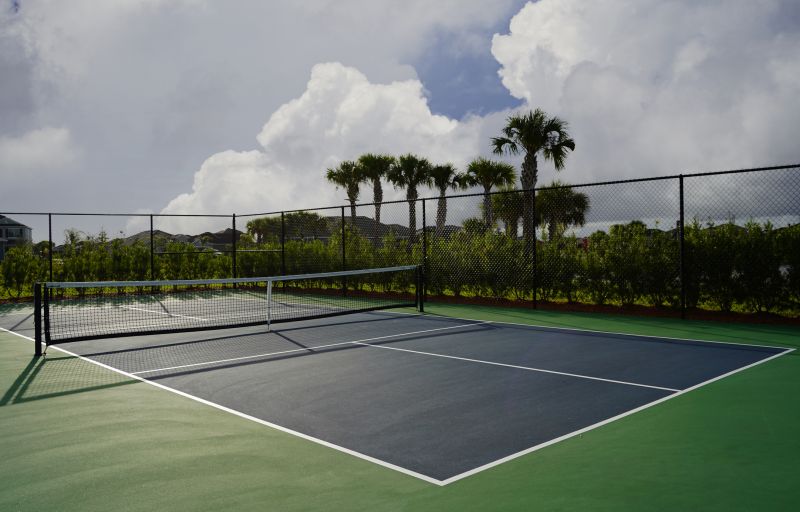
Spring is a popular time for resurfacing to prepare courts for the busy summer season.

Summer weather can accelerate curing, provided conditions are dry and warm.
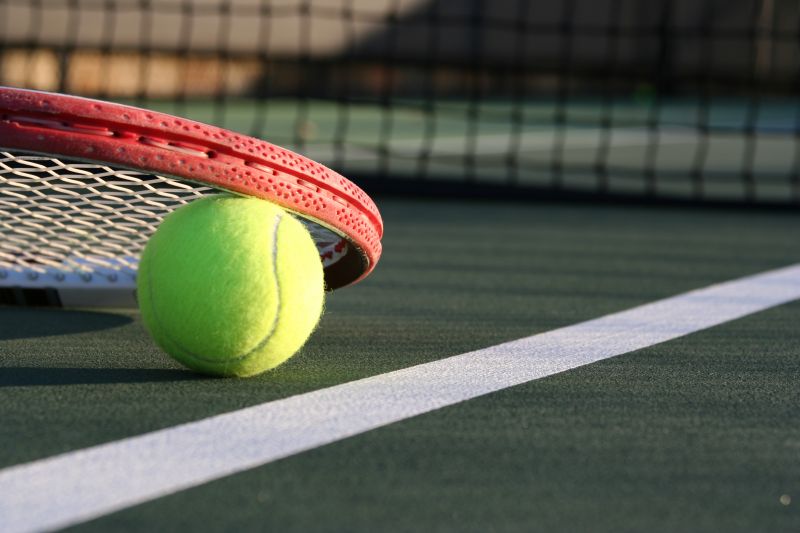
Early fall can be effective if weather remains stable and dry.

Ways to make Tennis Court Resurfacings work in tight or awkward layouts.

Popular materials for Tennis Court Resurfacings and why they hold up over time.
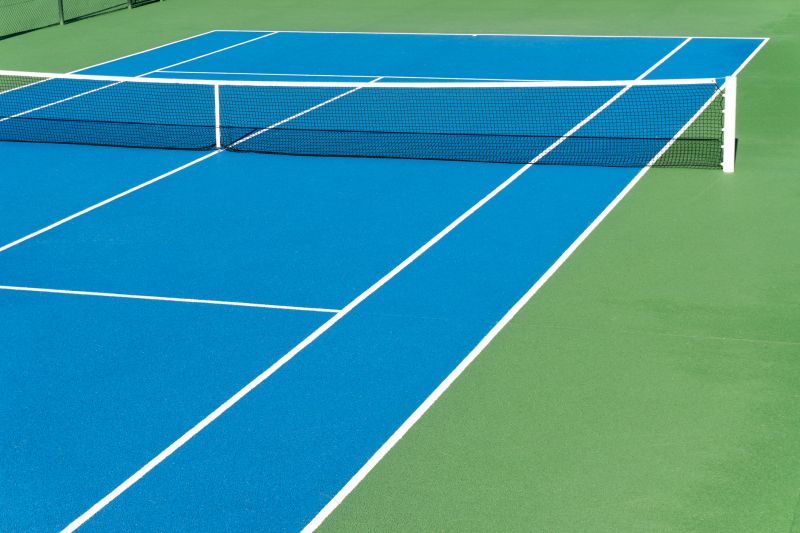
Simple add-ons that improve Tennis Court Resurfacings without blowing the budget.
| Season | Optimal Conditions |
|---|---|
| Spring | Warmer temperatures, low rain, good for curing |
| Summer | Consistent warmth, watch for humidity and rain |
| Fall | Dry weather, suitable if early fall is dry |
| Winter | Cold and wet conditions, unsuitable |
Tennis court resurfacings involve replacing or repairing the top layer of the court surface to restore optimal playing conditions and safety. The process typically includes cleaning, scarifying, applying a primer, and laying new surfacing material. Proper timing ensures the new surface cures correctly, providing durability and consistent playability. The choice of resurfacing material, such as acrylic, rubber, or artificial turf, may influence the ideal timing based on weather and climate conditions. Proper scheduling can extend the lifespan of the court, improve performance, and reduce long-term maintenance costs.
Statistics indicate that courts resurfaced during optimal weather conditions experience fewer defects, such as cracking or peeling, and achieve better adhesion of the new surface. Planning resurfacings during the recommended seasons minimizes delays and ensures a high-quality finish. Regularly scheduled resurfacing, aligned with seasonal best practices, can help maintain court safety and performance standards over time.
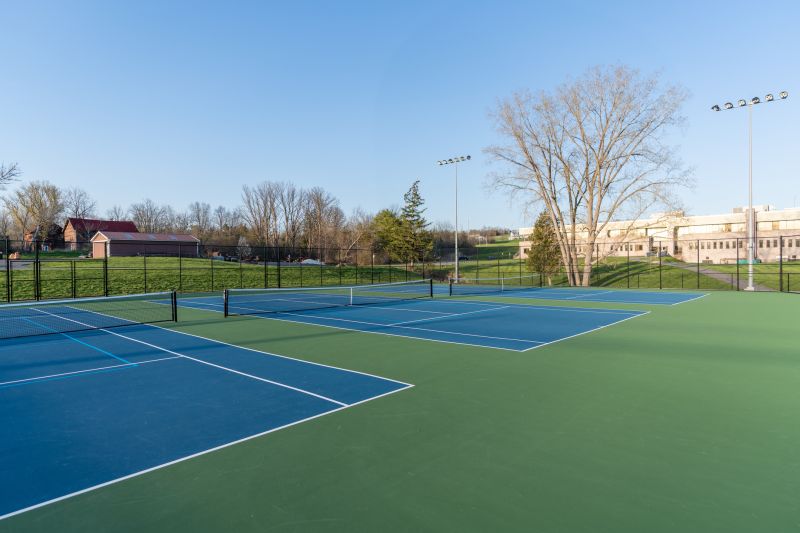
Modern equipment ensures precise application and efficient curing.

Cleaning and repair work are critical for a successful resurfacing process.
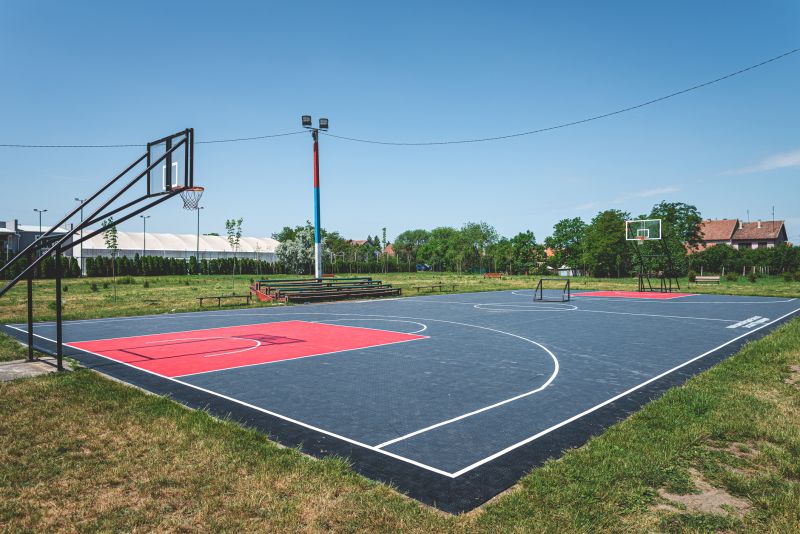
A newly resurfaced court ready for play.

Workers applying the final layer of surface material.
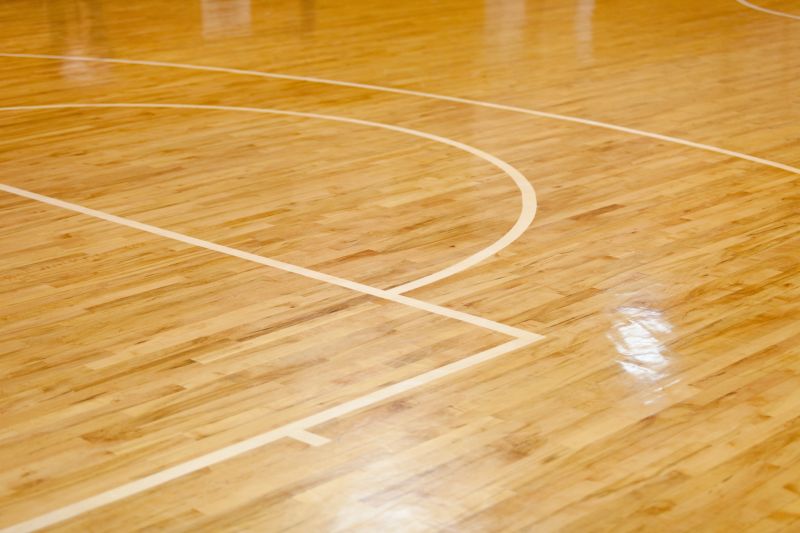
High-end options that actually feel worth it for Tennis Court Resurfacings.
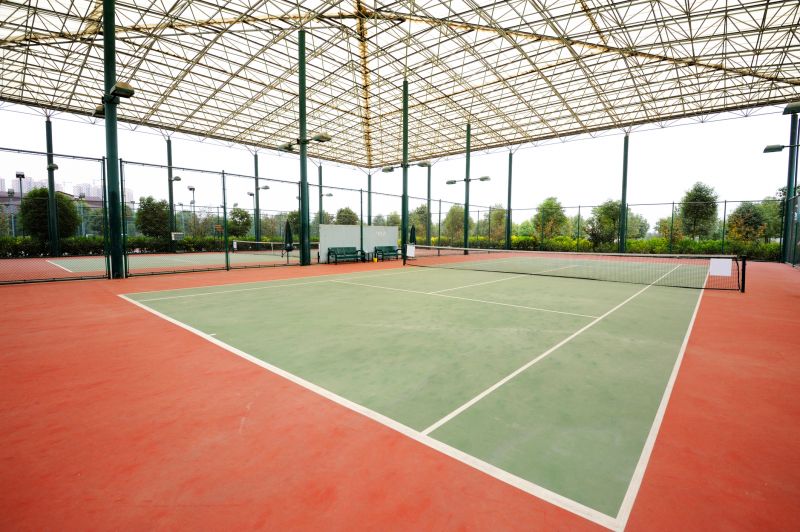
Finishes and colors that play nicely with Tennis Court Resurfacings.
Individuals interested in scheduling a tennis court resurfacing are encouraged to contact for more information. Proper timing, preparation, and execution are essential for achieving durable, high-performance courts that meet playing standards and extend lifespan.



